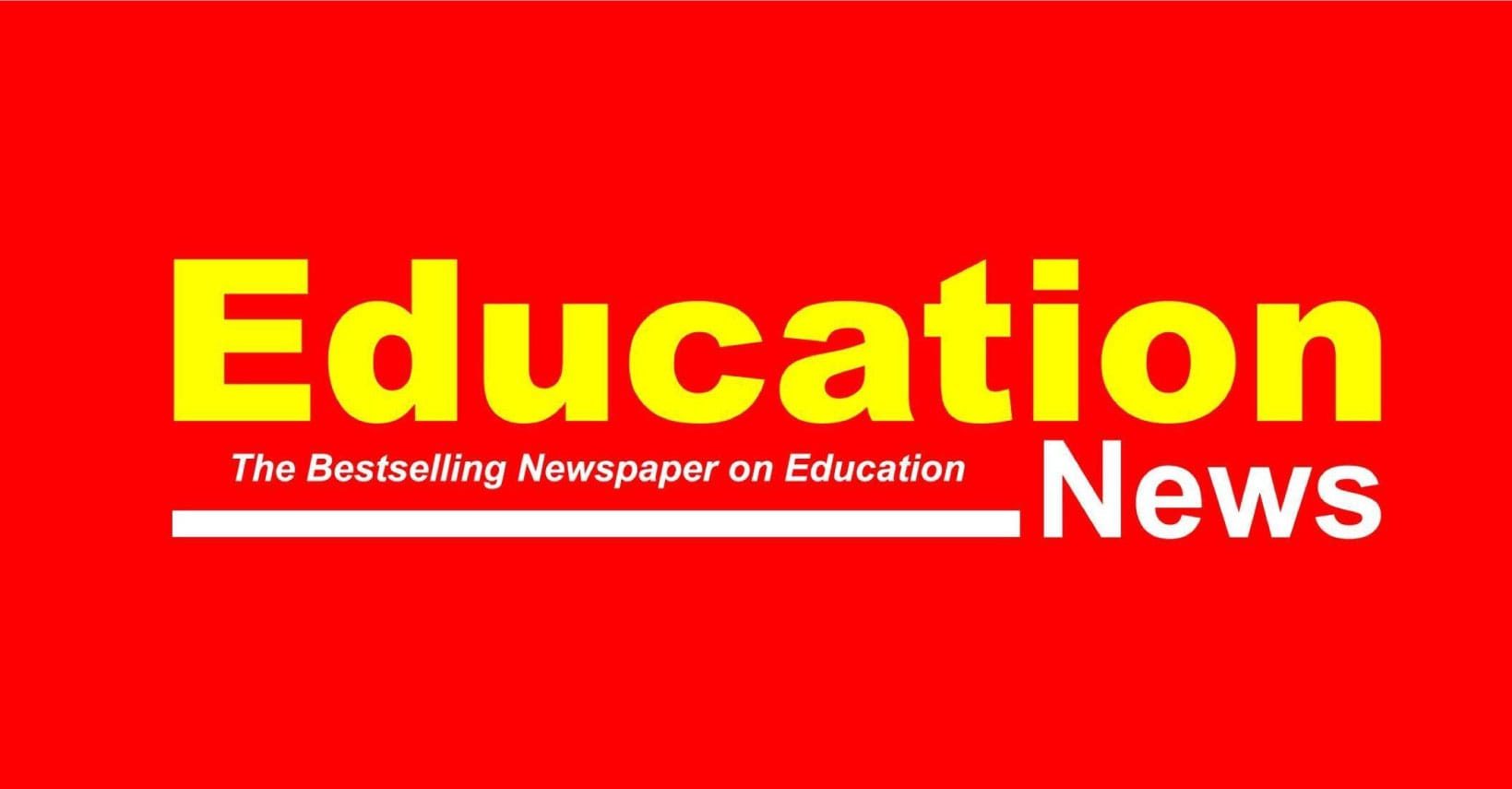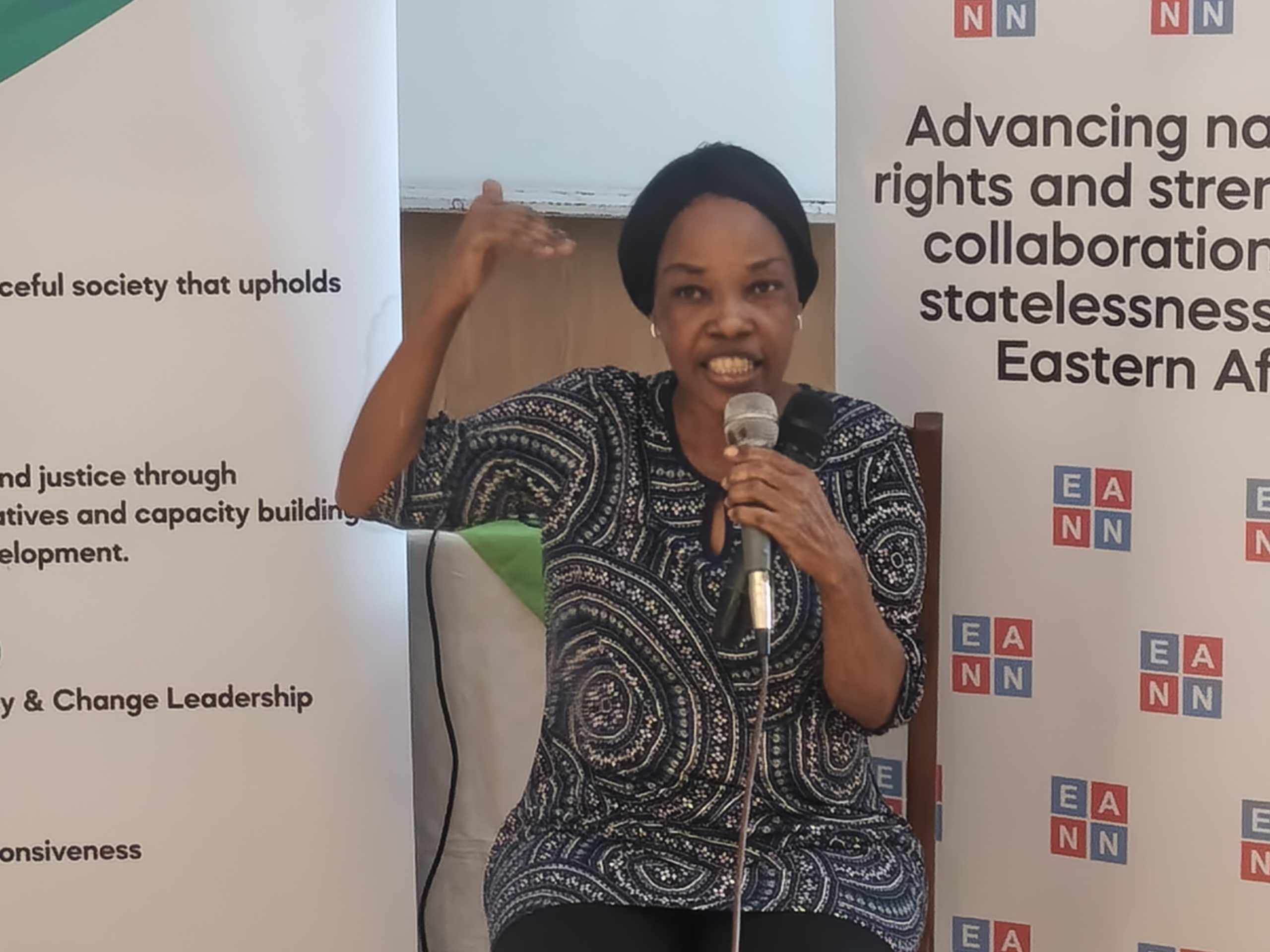Last month, the media quoted a report by two non-governmental organisations as saying that learners were transitioning to higher grades without having properly mastered the reading skills of the earlier grades.
In a report entitled, State of Education in Kenya Research Report, Zizi Afrique Foundation and Usawa Agenda revealed that only 4 in 10 Grade 4 learners could read and understand a Grade 3-level English story, while only 3 in 10 Grade 6 learners could not read & understand a Grade 3-level English story.
The report attributed the low and inequitable reading abilities to the failure of a significant number of learners to benefit from Early Childhood Development and Education experience. The report indicated that some 7.4 percent of children enrol in Grade 1 without prior ECDE experience, nationally.
It is tempting to blame the lack of exposure to ECDE for the learners’ weak reading skills. This is because ECDE is widely regarded as the place where school readiness is initiated and promoted. It is here that reading readiness is planted. The nursery, preschool, kindergarten or first grade is seen as the factory for smelting the physical, cognitive, social and emotional development for schooling.
Reading readiness in childhood education is one of the competencies that establishes the foundation for other, more critical skills. A cursory look at the curriculum designs for PPI, PPII grades I and II shows that early reading readiness or early literacy skills include identifying and understanding letters, words, and sounds.
Early exposure to the alphabetic principle, which our Class I teachers in the early 1970s referred to as Alphabetical order—the knowledge and understanding of letters and their corresponding sounds—is vital for learning to interpret and read printed words. It doesn’t matter whether the printed words are in English, Kiswahili or the vernacular.
While failure to attend ECDE or pre-primary experience affects reading readiness of learners, it does not substantially account for the dismal reading levels of learners in most of our schools. substantially
These days, thousands of children attend ECDE before they join Grade I or class I under the 8.4.4 system of education. Nearly every public primary school these days—have an ECDE wing. It follows that most children, except for the 7.4 per cent of children in the Report across the country, have attended ECDE before enrolling in Grade 1.
According to the report, only 4 in 10 Grade 4 (40 percent) learners couldn’t read and comprehend a Grade 3-level English story while 3 in 10 (30 percent) Grade 6 learners cannot read and understand a Grade 3-level English story.
What does this mean? I don’t know what it means to the experts on reading fluency. But to me, it means several things.
First, the reading and other components of readiness for schooling that the ECDE system is providing for our children are inadequate.
I have in mind a book, entitled Facing Forward: Schooling for Learning in Africa, written by Bashir, Sajitha; Lockheed, Marlaine; Ninan, Elizabeth; Tan, Jee-Peng under the auspices of the World Bank and Agence Française de Développement (AFD).
The book criticises instructional reading in Africa, saying in part: “The teaching of reading, which is crucial to children’s progress through school, is highly ineffective in most Sub-Saharan African countries. Early-grade reading assessments in several Sub-Saharan African countries reveal that 50–80 percent of children in second grade could not answer a single question based on a short passage they had read in the language of instruction. A large proportion could not read even a single word.”
Spreading the benefits of ECDE experience to the 7.4 percent of children who enroll in Grade 1 without prior ECDE experience is not enough. A lot of thought should be given by policymakers to the existing ECDE, and I dare say, grades I to four.
An analysis of the current strategies for beginning reading in primary schools, Teachers’ Training Colleges (TTCs), and even in the Departments of Languages in our universities is warranted, in light of this and other reports on literacy. Clearly, there is something the matter with instructional reading, reading to learn in preschool and grades I, II and III. It needs fixing.
READ A:SO:
TSC, CDF top list of most bribe-prone public services – EACC report
Secondly, if were the NGO to assess grade-level reading, the findings would be worse. The report tested learners on texts below their grade level. In other national educational systems, educational and research organisations examine learners on curriculum content equivalent to their grade level. Our own National Assessment Centre for Monitoring Learner Achievement (NASMULA) conducts assessments of learners at their grade level. Not below.
Assessment of this sort should help us determine learners who meet performance standards equal to the grade level and what they ought to know and be able to do—at their respective grade levels, not below. This should provide policymakers with evidence to consider intervention.
Thirdly, there are no major breaks between the curriculum in preschool and Grades one and two. The two years of Preschool are far too short to exhaust the essentials of instructional or beginning reading. The curriculum or syllabus for Grades I, II and III provides for a large scope of the essentials of beginning reading.
Introducing more complex ideas on reading instruction puts inexcusable pressure on children because they are not developmentally ready for such heavy lifting. Programmes that prematurely exact pressure cause confusion in children and affect their love for reading and learning.
It suffices to say that we should ensure those who have never had adequate reading readiness in ECDE feel that they are not left behind. School administrations should conduct a baseline assessment of the reading readiness of children entering grade 1. Pick the learners from where they are, not from what the syllabus on reading instruction in grade I stipulates.
The current malady of syllabus coverage shouldn’t make teachers leave so many children behind in terms of reading for understanding.
Why rush to cover the so-called syllabus when children are not understanding what the teacher is “covering.”
We can spread a mountain range of reading fluency across public primary schools in this country when we, as a nation, pause and ask ourselves hard questions about the place of reading in quality education.
For me, there can never be quality education when over 90percent of learners cannot read grade-level books—be they textbooks or simply books for information, education or entertainment.
Grade-level reading is education jargon for the scope and sequence of specific skills that students should master at each grade level in order to achieve a certain benchmark.
Testing learners on content or curriculum below their grade level doesn’t give us a true picture of their ability to grasp and apply knowledge, skills, attitudes, and values to cope with situations.
By Kennedy Buhere
Buhere is a seasoned communication consultant. He can be reached at 0725 327 611.
You can also follow our social media pages on Twitter: Education News KE and Facebook: Education News Newspaper for timely updates.
>>> Click here to stay up-to-date with trending regional stories
>>> Click here to read more informed opinions on the country’s education landscape






